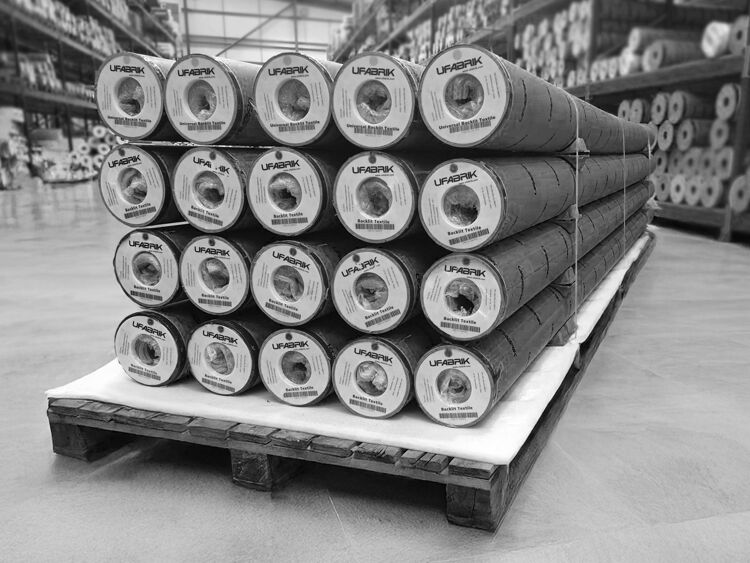Why more print service providers are turning to consignment stock management

Robin East, Group Chief Commercial Officer at UFABRIK discusses how consignment stock management is gaining popularity in the print industry, offering improved cash flow and operational efficiency. It ensures on-site stock availability, enhancing customer service and reducing delivery times. This approach also promotes sustainability through consolidated shipments and fosters stronger supplier-customer relationships.
Consignment stock isn't new per se, but it is, as they say, having a moment. A rising trend in inventory management is becoming a go-to strategy across multiple industries, and the print industry is no exception. Post-COVID, an appetite for smarter, leaner operations has appeared on the dial, and consignment stocking ticks many boxes.
According to a recent report from Business Research Insights, the global online consignment service market was valued at around U.S. dollars 0.67 billion in 2024 and is expected to reach USD 1.55 billion by 2033. While these figures reflect broader trends, they show how far the model has come and why it's not going anywhere soon.
Here at UFABRIK, we're seeing a growing number of customers, large and small, adopting the consignment stock model, and when you look at the benefits, it’s not hard to see why.
Let's start with cash flow. Consignment stocking means materials are delivered and stored on-site, and there are no upfront payments; customers are invoiced at the end of each month for their actual usage and have 30-day payment terms.
There's a strong practical case for having stock already on site. You no longer have to wait for deliveries to arrive or risk a scenario where production grinds to a halt because you don’t have the materials. You can replenish as needed, and the stock is acclimatised to the environment, which helps maintain print consistency, especially with textiles.
Your customer service shines brightly, too, as you’ve got guaranteed stock availability, even during high unpredicted demand. In short, you can say yes to whatever production demands come your way.
Consignment stock also offers environmental benefits by consolidating deliveries. For instance, Damien Clarke, Sales Director at UFABRIK, points out that a global UFABRIK customer recently merged multiple deliveries into a single shipment.
Instead of receiving eight pallet drops throughout the month, each involving a 40-foot lorry, all the 3.2-meter and five-meter-wide UFABRIK textile rolls arrive in a single delivery, streamlining logistics and significantly cutting transport costs.
This has resulted in fewer HGV vehicles on the road, decreasing CO2 emissions. For businesses striving to achieve sustainability targets, it’s a significant win. Fewer deliveries also reduce packaging waste, further contributing to the sustainability paradigm.
Consignment stock fosters a stronger, more collaborative relationship among manufacturers, suppliers, and customers. As Damien states, “It shifts the relationship from supplier to trusted partner. It shows that the vendor is invested in the customers’ long-term success – not just in transactional sales. This flexibility deepens collaboration and nurtures long-term loyalty and commitment.”
For many print service providers, the move to consignment stock is more than just convenience. It shapes their thinking about inventory management, sustainability, and supplier relationships, promoting optimised cash flow and improved operational efficiencies.
Topics
Interested in joining our community?
Enquire today about joining your local FESPA Association or FESPA Direct
Recent news
.png?width=550)
Personalisation is a long-tail experience: how Variable Data Printing can drive years of engagement
Pat McGrew shares how Personalisation in print offers long-term engagement, not just one-off interactions. Using minimal data, tailored campaigns across formats like mail and signage can boost loyalty. GDPR compliance is key, requiring transparency and consent. Success stories demonstrate personalisation's power, making it a vital competitive edge.

How is AI quietly shaping the print industry
Johnny Shells, Principal Analyst at Keypoint Intelligence shares how AI is quietly transforming the print industry, enhancing efficiency and personalisation. It automates tasks like prepress checks, job scheduling, and colour management. AI also enables personalised printing, reduces waste through demand forecasting, and improves customer service with chatbots. This technology optimises workflows, not replaces human expertise.

